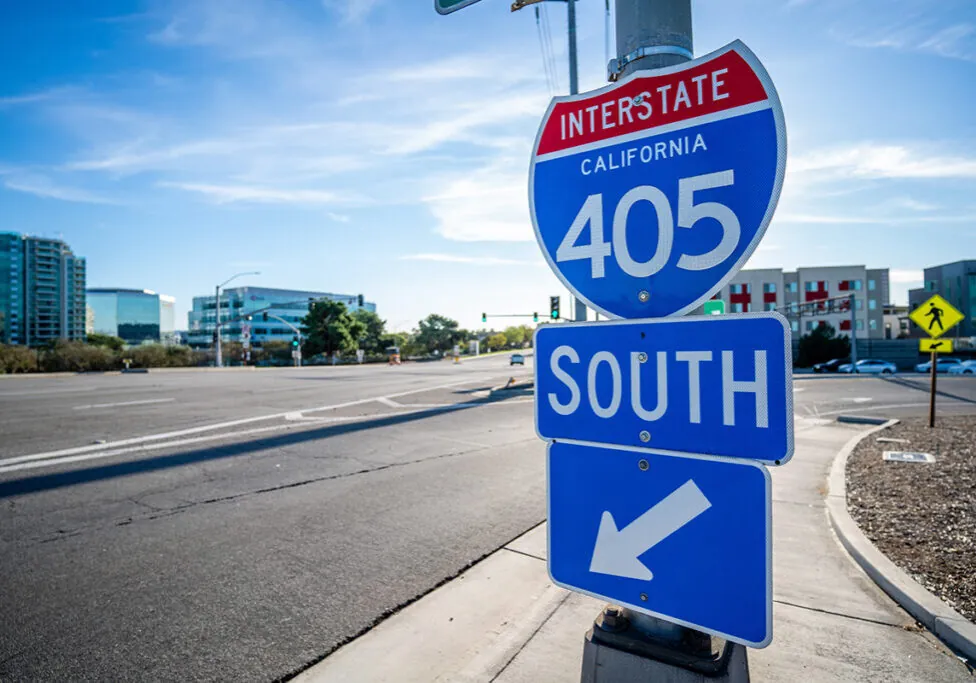The one-time operator of an upstate New York limousine company, involved in one of deadliest U.S. road wreck of the past two decades, is going to jail. Nauman Hussain, who ran Prestige Limousine, has been sentenced to five years to 15 years behind bars, two weeks after a jury found him guilty of 20 counts of second-degree manslaughter.
The horrific 2018 crash in Schoharie, N.Y., killed 20 people, including all of the 17 passengers as well as the driver and two bystanders. California Personal Injury Attorney Frederick W. Penney discussed the implications of the case on Radio Law Talk, his nationally syndicated legal show. Specifically, the case highlights the meaning of common carrier law.
Defining Common Carriers
A common carrier is a business that transports people or goods for hire, such as airlines, buses, trains, taxis, and limousines, just to name a few. Common carriers have a higher duty of care to their passengers than the general public does to each other. This means that common carriers must take all reasonable steps to ensure the safety of their passengers.
In the Schocharie case, the National Transportation Safety Board (NTSB) concluded the limousine company’s “egregious disregard for safety” led to the fatal crash. But the board also placed blame on state regulatory authorities, noting ineffective oversight allowed the company to continue operating despite multiple out-of-service violations and lack of operating authority. (Find the complete report here)
The Fatal Schoharie Crash: What Happened
On Oct. 6, 2018, 17 friends, including four sisters, two brothers, and several young couples, had rented a super-stretch limousine to go day-drinking 50 miles away as part of a birthday bash. Unbeknownst to the group, only a month earlier, inspectors had placed a large “Out of Service” sticker on the windshield of the 10,000-pound older 2001 Ford Excursion.
According to New York Magazine, the vehicle had at one point been chopped in half and welded back together, adding 12 feet of carriage in the middle. When the partygoers piled in, they found padded benches and floorboards that had rusted through. One of them texted a friend, who had bailed on the trip, “the limo sounds like it’s going to explode. Haha. it’s a junker literally.”
Brakes Failed During Downhill Stretch
About an hour after departure, the brakes gave out on a winding road that plunged 600 feet in less than two miles. According to the NTSB, the Excursion hurtled down at more than 100 miles per hour, careening across an intersection and smashing into a stationary Toyota Highlander so violently it launched 80 feet, killing two bystanders who were on their way to a wedding. By the time the limousine came to a stop in a ditch, impaled upon itself, the 16 people inside had died from blunt force trauma, while two would succumb hours later.
Judge Threw Out Plea Deal
In a surprising twist that Penney noted on the show, Hussain, the defendant, initially cut a plea deal with prosecutors that would allow him to avoid jail time (in another strange twist, New York Magazine reported Hussain was also “one of FBI’s most notorious informants”). But a judge threw out the deal and ordered that the case go to trial. Following the guilty verdict and sentencing, the state parole board will have the final say on Hussain’s release date, somewhere between 5-15 years.
A Closer Look at Common Carriers
This case is a reminder that common carriers have a higher duty of care to their passengers. If a common carrier fails to maintain its vehicles or fails to train its employees properly, it can be held liable for the injuries that result.
The implications of California’s common carrier law for accidents are significant. If you are injured in an accident involving a common carrier, you may be able to file a lawsuit against the carrier for damages. To be successful in your lawsuit, you will need to prove that the carrier was negligent and that their negligence caused your injuries.
Grounds for Negligence
There are a number of factors that can be considered negligence on the part of a common carrier. These factors include, among others:
- Failing to properly maintain its vehicles
- Failing to properly train its employees
- Failing to provide a safe environment for its passengers
- Failing to warn passengers of known dangers
In order to prove negligence, the injured party must show that the carrier:
- owed them a duty of care;
- breached that duty by failing to use reasonable care;
- their injuries were caused by the carrier’s breach of duty; and
- they suffered damages as a result of their injuries.
It is important to note that the common carrier law does not apply to all businesses that transport people or goods. For example, the law does not apply to private individuals who transport their own friends or family members. Additionally, the law may not apply to businesses that provide transportation services for free, such as some government agencies.
Need Legal Help? Contact Penney & Associates
If you or a loved one has been affected by an accident involving a common carrier, the experienced attorneys at Penney & Associates are here to provide guidance and fight for your rights. Contact us today for a free consultation and let us help you seek justice and the compensation you deserve.
Read more
Are Cruise Ships Safe: Assessing Accident & Disease Risk
Accident or Negligence? What to Keep in Mind if You’ve Suffered Traumatic Injuries
Case or No Case? Woman Slammed with $100K Fines after Boyfriend Racks Up Parking Tickets



